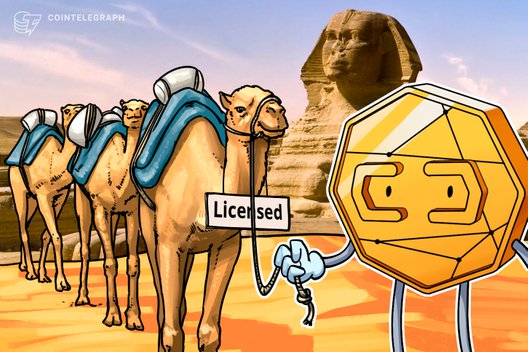BIS committee and IOSCO issue guidance for regulation of stablecoin arrangements
The international organizations affirm the “same risk, same regulation” principle by extending decade-old rules to the rapidly expanding new financial technology.
111 Total views
2 Total shares

The principle of “same risk, same regulation” for crypto received further confirmation with the release Wednesday of new guidance on stablecoin arrangements (SAs). The guidance, issued by the Bank for International Settlements (BIS) Committee on Payments and Market Infrastructures (CPMI) and International Organization of Securities Commissions (IOSCO), applies the Principles for Financial Market Infrastructures (PFMI) for payment, clearing and settlement systems to systemically important SAs that transfer stablecoins.
The document is intended for use by SA designers and operators and extends the PFMI standards to SAs without establishing new standards. It notes:
“An SA may need to make changes to its rules, procedures, governance arrangements and risk management framework taking the guidance into consideration in order for its practices to be consistent with the PFMI.”
It defines a stablecoin arrangement as “an arrangement that combines a range of functions to provide an instrument that purports to be used as a means of payment and/or store of value.” The guidance suggests considerations for determining which SAs it applies to, since only to SAs that are “systemically important” are covered by it.
Related: IOSCO says DeFi is quickly evolving and ‘cloning financial markets’
The PFMI were created in response to the 2008 financial crisis and published in 2012. All the standards apply to SAs under the new guidance, although the authors chose to elaborate on the application of only four out of the 24 principles and key considerations: governance, risk management, settlement finality and money settlements. They noted that a separate work will be issued to cover multicurrency SAs.
United States commodity Futures Trading Commission commissioner Caroline D. Pham, co-chair of the CPMI-lOSCO Policy Standing Group, said in a statement Wednesday, “This report is a significant step to establish international standards for stablecoin arrangements and a cohesive regulatory framework that safeguards the global financial system.”
Other institutions are working on stablecoin regulation as well. The Financial Stability Board is expected to propose international regulations for stablecoins in October. In the U.S., the Stablecoin TRUST Act has been introduced to regulate stablecoin and integrate them into the financial system.









